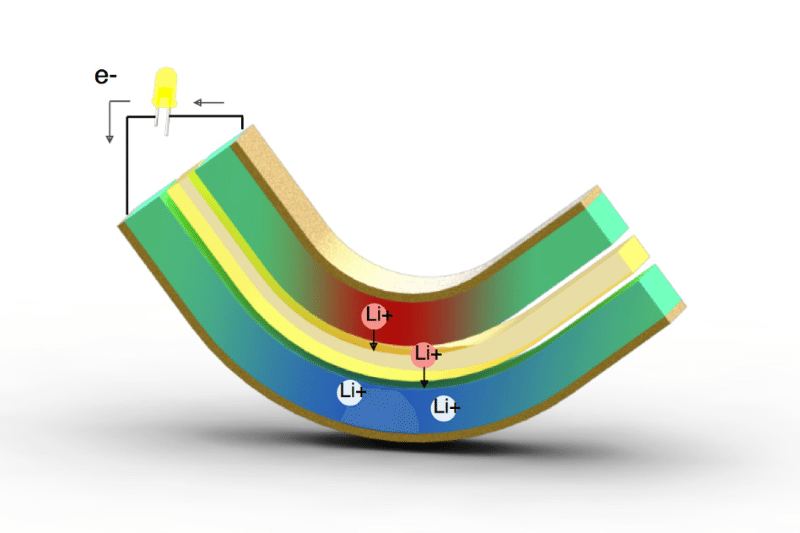MIT Researchers Find Way to Power Wearable Tech with Bending Motions
Alexander Neil / 9 years ago

From smartwatches to fitness trackers, the number of wearable electronics in our lives are only set to increase, but they all have one limiting factor: power. But what if all of these wearables could power themselves from your movements, just like a self-winding mechanical watch? MIT may just have the answer, announcing this week that a way of transforming small bending motions into electrical energy had been figured out in a paper submitted to the journal Nature Communications.
The technology involves a central polymer separator soaked in an electrolyte sandwiched with two identical electrodes. When bent, it causes a chemical potential difference between the two electrodes, which in turn produces a voltage and electric current between the electrodes, which can power a device they are connected to. When attached to a small weight, the metal could be able to bend under simple ordinary movements, similarly to an automatic watch. The one flaw that can be foreseen in this method is degradation in power generated over repeated use. The current prototype of the technology mostly maintained it’s performance over 1500 bend cycles, but due to each cycle damaging the metal electrodes slightly, there was some fall off.
Most traditional methods of motion-based power generation rely on the triboelectric effect (based on friction) or piezoelectrics (crystals that produce a small voltage when bent or compressed). These technologies typically have high bending rigidity and rely on high-frequency sources of motion, which make them ill suited to gathering energy from natural human motions. By comparison, this new technology is both flexible, simple and cheap as well as being based on similar technology and materials to existing lithium-ion batteries.
This discovery, if its flaws can be overcome and be mass produced, has the potential to make fitness trackers and other bodily worn electronics vastly more convenient in daily life and not a useless piece of plastic, metal and glass should you forget to charge it. It’s even possible that a self-charging smartwatch might be enough to make me give up my automatic analogue watch.
Image credit: MIT



















